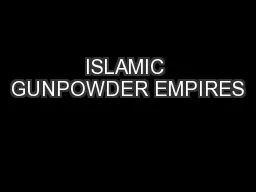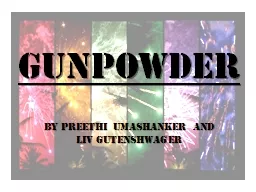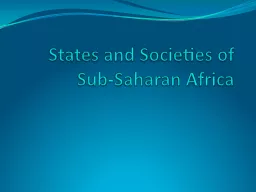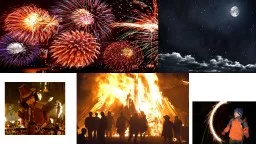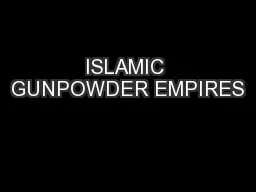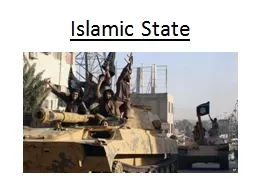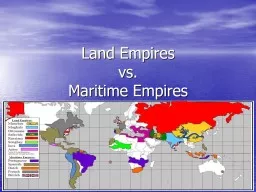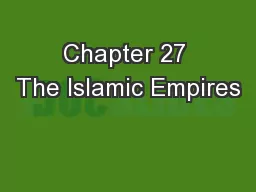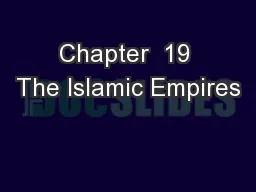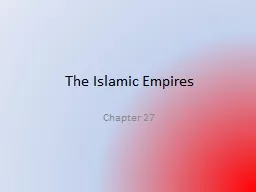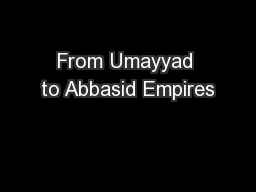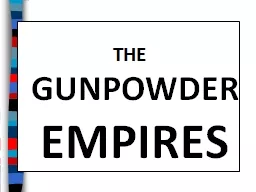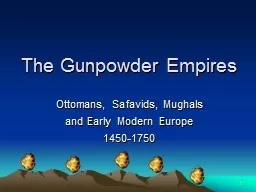PPT-ISLAMIC GUNPOWDER EMPIRES
Author : alexa-scheidler | Published Date : 2016-05-02
EARLY MODERN ISLAM 1450 TO 1750 DYNASTIC STATE The Ottoman Safavid Mughal rulers and Islam All three Islamic empires were military creations Called Gunpowder
Presentation Embed Code
Download Presentation
Download Presentation The PPT/PDF document "ISLAMIC GUNPOWDER EMPIRES" is the property of its rightful owner. Permission is granted to download and print the materials on this website for personal, non-commercial use only, and to display it on your personal computer provided you do not modify the materials and that you retain all copyright notices contained in the materials. By downloading content from our website, you accept the terms of this agreement.
ISLAMIC GUNPOWDER EMPIRES: Transcript
Download Rules Of Document
"ISLAMIC GUNPOWDER EMPIRES"The content belongs to its owner. You may download and print it for personal use, without modification, and keep all copyright notices. By downloading, you agree to these terms.
Related Documents

